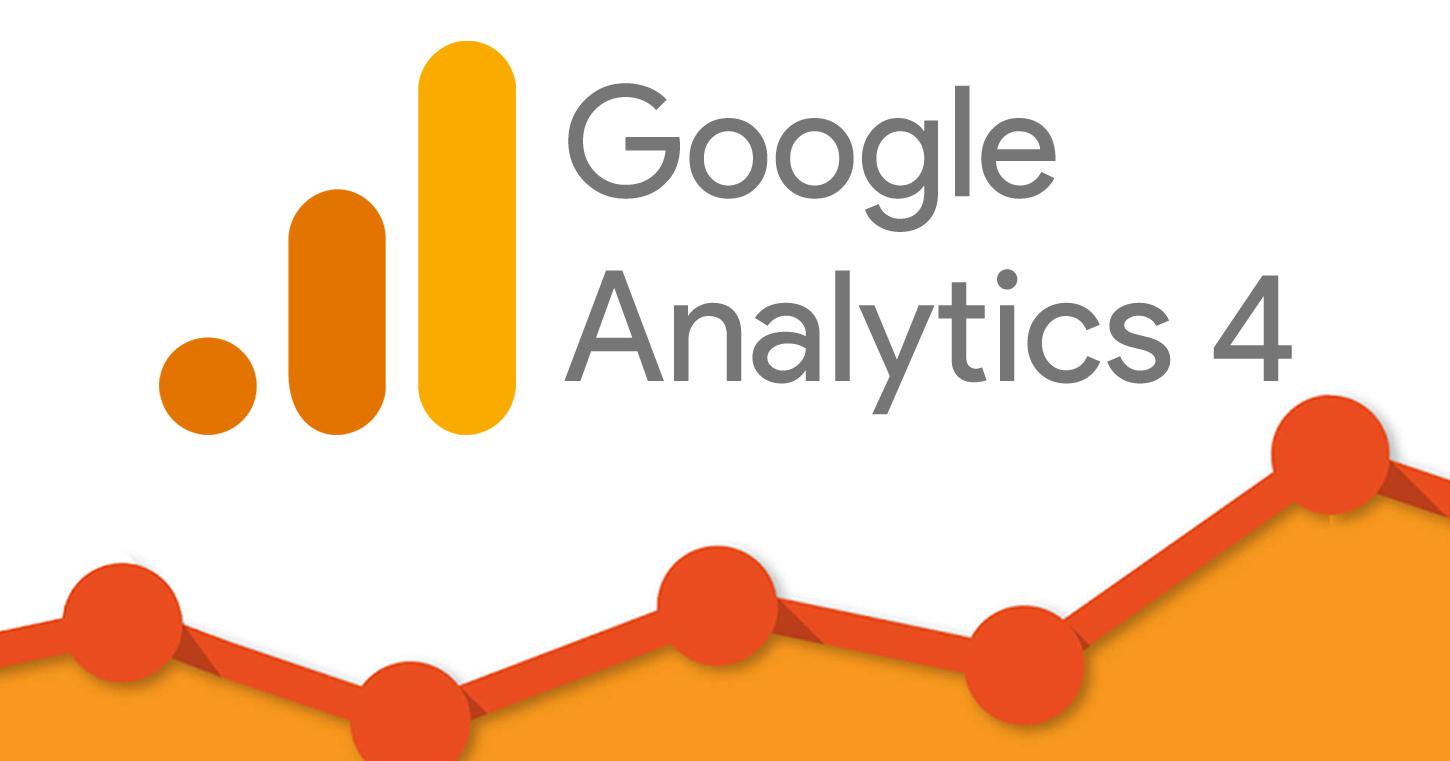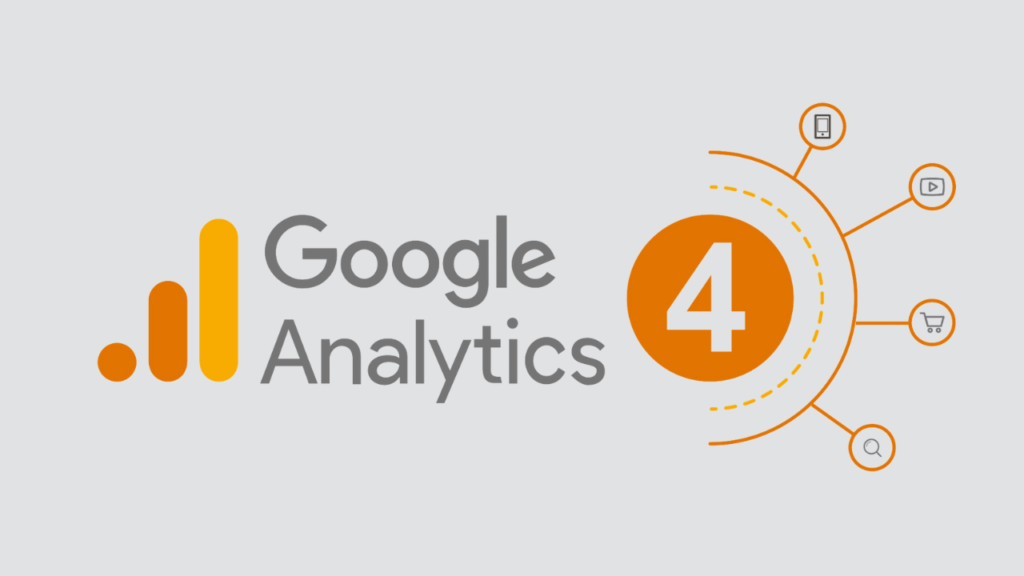GA4 is Google’s most recent version of Google Analytics (GA) and in many ways, it has left many users stumped. With a whole new interface and data display, Google has recreated the way users will view their analytics. With the data in GA4 being collected in a completely new format, there is no way for people to transfer their old Universal Analytics (UA) data to GA4 – yep, you have to start from scratch!
Here at Web Presence, we are transitioning all of our clients over to GA4 to ensure that we have a full year of data collected before the old UA platform is sunsetted in July 2023.
So, what’s different in GA4?
With the new GA4 platform there is a lot more than just a new look.
The new GA4 platform differs from the original Universal Analytics platform in many ways. Let’s look at them in-depth:
Reporting Interface
Google has had a full transformation of its reporting interface. When you first log in to the GA4 platform you may feel lost.
The new way of tracking data means that the interface itself looks very bare; this is because most of the reporting metrics used in UA have been removed. Most of the reports you will want to track will appear after you start tracking events in GA4.
Sessions
GA4 presents its users with a new way of tracking sessions.
In previous versions of Google Analytics, sessions were capped at 30 minutes and encompassed all data collected within that time frame. With the new event-based model used in GA4, the length of a session can be manually adjusted to last anywhere from 10 seconds up to 7hrs 55 minutes.
Engaged sessions account for any user that has been on the site for more than 10 seconds, however, this can be adjusted so that the minimum time spent on the website to count as ‘engaged’ is anywhere up to 30 seconds.
Engaged sessions are a large part of how GA4 measures user engagement, without the use of ‘Bounce Rates’ as a measure of engagement GA4 relies on the data provided by the ’Engaged Sessions’ to interpret the effectiveness of the landing page.
Event-Based Data Model vs Session-Based Data Model
Session-based Model – Google’s Definition
‘In UA properties, Analytics groups data into sessions, and these sessions are the foundation of all reporting. A session is a group of user interactions with your website that take place within a given time frame.
During a session, Analytics collects and stores user interactions, such as pageviews, events, and eCommerce transactions, as hits. A single session can contain multiple hits, depending on how a user interacts with your website.’
How about the event-based model? – Googles Definition
‘In GA4 properties, you can still see session data, but Analytics collects and stores user interactions with your website or app as events. Events provide insight into what’s happening in your website or app, such as pageviews, button clicks, user actions, or system events. Events can collect and send pieces of information that more fully specify the action the user took or add further context to the event or user. This information could include things like the value of purchase, the title of the page a user visited, or the geographic location of the user.’
The new event-based model that comes with GA4 includes 4 categories of events:
- Automatically Collected Events
- Enhanced Measurement Events
- Recommended Events
- Custom Events
Each one of these categories provides its own set of data that could be extremely useful when tracking customer data.
Automatically Collected Events
Automatically collected events are triggered by basic interactions with your app and/or site (as indicated under the event name in the table below). As long as you use the Google Analytics for Firebase SDK or gtag.js, you don’t need to write any additional code to collect these events.
Examples:
- Page_location
- Page_reffer
- Language
- Screen_Resolution
Enhanced Measurement Events
Enhanced measurement lets you measure interactions with your content by enabling options (events) in the Google Analytics interface. No code changes are required. When you enable these options for a web data stream, your Google Analytics tag starts sending events right away.
Recommended Events
Adding these events to your website or mobile app helps you measure additional features and behaviour as well as generate more useful reports. Because these events require additional context to be meaningful, they’re not sent automatically.
The recommended events will be different for each type of business. For Example: If a customer adds something to their cart online then the recommended event may be ‘add_to_cart’ and if you wanted to see when a customer starts their checking out process you may have an event labelled ‘begin_checkout’.
These recommended events are a great element of GA4 as they allow the system to be more personalised to the business type and also pinpoint what information is important to the business.
Custom Events
A custom event is an event with a name and set of parameters that you define so you can collect information that’s specific to your business. For example, you could create a donate custom event for when someone donates to an organization.
Before you create a custom event, review the list of automatically collected, enhanced measurement, and recommended events. These types of events automatically populate prebuilt dimensions and metrics and don’t impact the limits on the number of events and parameters you can create.
How will the new systems in GA4 affect your data collection?
Your Active user count may increase
GA4 automatically detects when a user is active on a web page or app interface, whereas the UA model required the user to carry out an action before being counted as an active user. Henceforth, you may see an increase in active users with GA4.
Your number of Sessions may decrease
In Universal Analytics, a new campaign will start a new session regardless of activity. In Google Analytics 4, a new campaign does not begin a new session. This may lead to lower session counts in your Google Analytics 4 property. Late hits may also be a factor. Late hits are hits that aren’t sent immediately. In Universal Analytics, hits are processed if they arrive within 4 hours of the close of the preceding day. In Google Analytics 4, events are processed if they arrive up to 72 hours late.
For example, a user loses service while browsing your website on their mobile device and then regains service 48 hours later. Google Analytics 4 processes the late hit, while Universal Analytics doesn’t, leading Google Analytics 4 to produce a higher session count.
Other new features:
App and site monitoring – with the new GA4 platform you can accurately track cross-platform data. No more swapping between data sets to compare your app/website traffic!
Data Protection – Under GDPR, your IP address is considered personal data and therefore should be anonymised, with the other Universal Analytics you had to actively configure google analytics to anonymise IP addresses in order to comply with GDPR. One of the biggest and most important changes in GA4 is that all IP addresses are automatically anonymised, saving you time and ensuring that you are following GDPR guidelines.
In summary
In conclusion, the new GA4 platform is a whole new world when it comes to viewing and processing your analytics data. GA4 provides you with a lot more information than the original UA platform but it will take some getting used to.






